Fire safety rules. Safety and personal safety in case of fire
In the modern world, the probability of a fire is rightfully considered one of the most dangerous. Indeed, as a result of the occurrence of such chemical reactions, a significant release of a large amount of combustion products occurs. In addition, the invariable companions of fires are all kinds of destruction, ranging from minor damage to the complete destruction of structures and structures. However, in most cases, the most dangerous factor for citizens is not the fire itself, but smoke, which is a product of combustion and poses a threat to both health and human life. In this regard, in the modern world, special safety rules have been developed in case of fire.
Terminology
Before delving into the study of specific material, you must carefully understand all the definitions used. So, for example, a fire is an uncontrolled combustion, as a result of which any material damage is caused, a threat to the health and life of people, harm to the interests of the state and society as a whole. The safety of an object is determined by the state of the person and property, which are characterized by the possibility of preventing the occurrence of a fire source and its subsequent spread, as well as reducing the impact on both property and people of especially dangerous fire factors. In this case, it is believed that ensuring the security of any object should be carried out by special systems responsible for eliminating the source of ignition and reducing its spread. This group also includes all kinds of fire protection equipment. Various organizational and technical measures are popular among the population. A fire-fighting regime is a set of rules of behavior for each person, a general system for organizing production activities, a procedure for cleaning and maintaining territories and premises. The main and most important task of all the measures described earlier is to exclude as much as possible any violations that may subsequently lead to a fire. Based on all that has been said before, we can conclude that safety measures in case of a fire are a set of actions to ensure the desired type of protection.
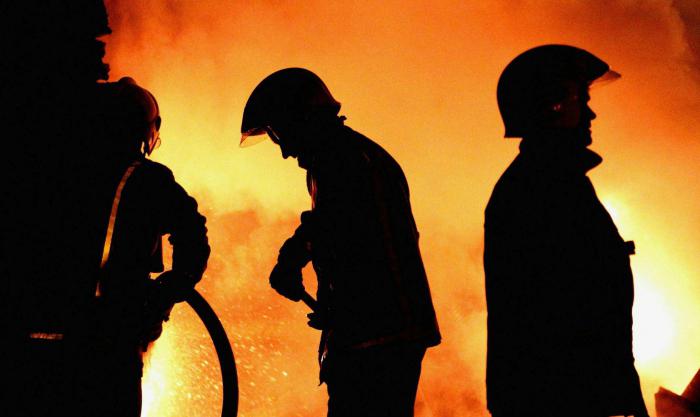
Components
The most important elements of the system (SOPB) are currently all kinds of enterprises and companies, local governments and state authorities, farms and other legal entities, regardless of the form of ownership and organizational and legal direction of activity. In addition, security in the event of a fire is also a significant problem. Consequently, all citizens of the state are traditionally among the constituent parts of the OSB system, who take an active part in maintaining a high level of protection against fires. It should be noted that all the previously considered activities should be carried out only in accordance with the current legislation of the country.
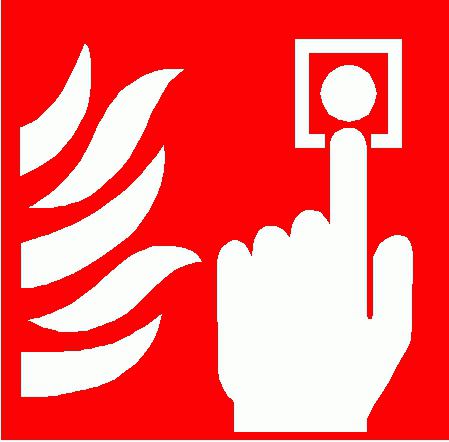
General requirements
All modern means and measures aimed at eliminating the seat of fire and preventing its further spread are based on one important principle. It states that a fire is not possible if there is no even the slightest contact of the ignition source with combustible material. Actually, based on this postulate, all kinds of safety rules in case of fire are being developed, since each of them is considered aimed at reducing the likelihood of a threat. Nevertheless, in many cases, the production process cannot be carried out without the use of such substances. In such situations, to reduce the likelihood of a fire source, it is necessary to protect the room where the above components are located, as well as the equipment located in the hazardous area. These activities become possible with the timely installation of specialized automatic systems. Such safety measures in the event of a fire invariably include emergency shutdown devices and all kinds of alarms, for example, light, sound and others.
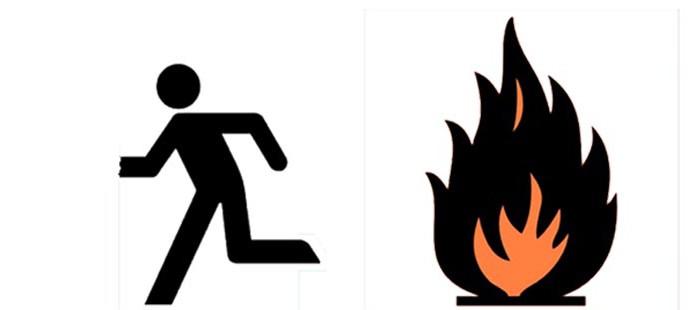
Main reasons
A fire can be triggered by certain conditions. Let's consider the most basic ones. First of all, the technology of using furnace units can be violated in production. Often, a fire is the result of non-observance of the rules of operation and installation of various electrical installations, an accident or breakdown of vehicles, etc. In addition, deliberate arson and natural phenomena such as, for example, lightning discharges are ranked among the most common causes of flames. Therefore, it is necessary to develop a specific set of rules that could include all possible probabilities of an unwanted fire and ways to protect against it. Such conclusions became the prerequisites for the creation of a modern document called "Safety rules in case of fire".
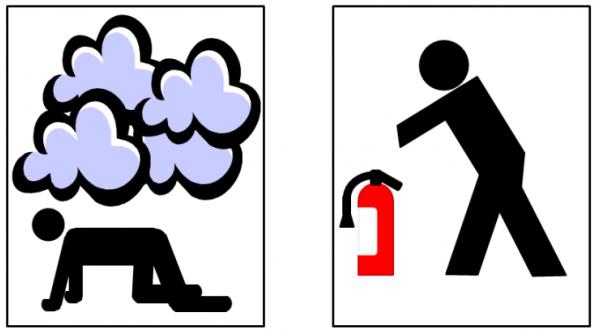
Key features
Of course, many people are familiar with the characteristic features by which it is possible to determine the appearance of a fire source. Such signs traditionally include the presence of smoke, the appearance of a burning smell, a slight fire, a power failure.
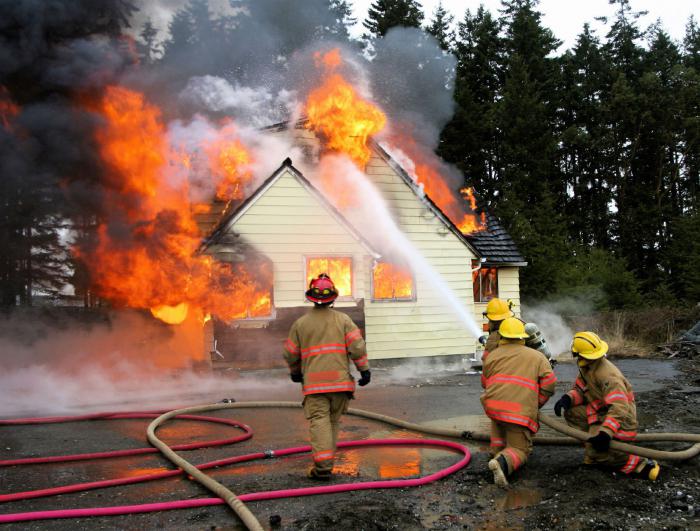
In the event that you find any of the above signs, you must immediately respond to such an alarm bell. It is possible that it is on the speed of your reaction that someone's life will depend. So what should you do first? Fire safety rules govern every action. Starting from those that are not worth doing, so as not to aggravate the situation, ending with useful measures that will be aimed at eliminating the fire. Of course, it should be remembered that personal safety in the event of a fire is especially important, therefore the above documents describe in the most detail the actions that each person can take to save themselves. In the event that you find a fire source, you must immediately inform the appropriate services. Fire brigades are more knowledgeable in many aspects of firefighting. In the meantime, you can try to eliminate the threat yourself. A detailed list of actions will be discussed in the material below.
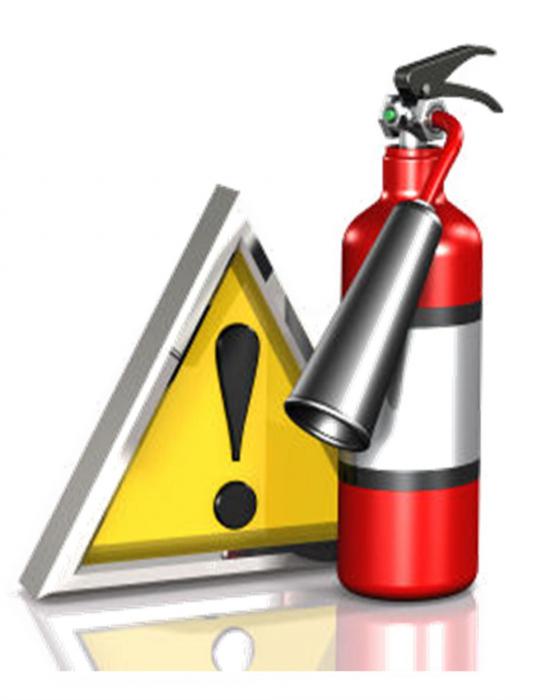
The first steps
Personal safety rules in case of fire govern the following procedure. After the appropriate service has been called, you can try to extinguish the flame yourself. To do this, you must use all the means available to you at the moment. For example, fire extinguishers, water, sand, thick fabrics and others. If it was not possible to extinguish the flame in the shortest possible time, in the event of a fire, it is regulated to evacuate from a dangerous room, to protect the respiratory tract from the harmful effects of carbon monoxide. If you come across a smoky or burning room on your way, then you need to apply a thick cloth soaked in water to your nose and mouth (if possible). In the event that evacuation is impeded by a very smoky room, personal safety rules in the event of a fire recommend ducking, or better - getting on all fours and similarly to overcome it as quickly as possible. These measures are necessary because the combustion product, such as smoke, is less dense than air due to its higher temperature. Due to this, the maximum concentration of substances harmful to humans will be closer to the ceiling, and a layer of the cleanest air will remain near the floor. It should be used to safely exit the building.
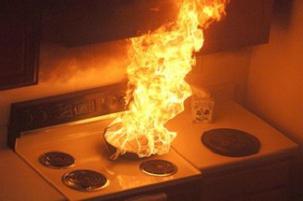
Don't stay indifferent!
As discussed earlier, personal safety in the event of a fire is a priority. However, victim assistance is also considered important enough. Therefore, if you met victims on the way of evacuation, then call out to them, draw attention to yourself. In the event that an item of clothing caught fire on a person, help to remove it. If such an action is not possible, then throw some dense fabric over it. In the event that there is none, knock the person to the ground and shoot down the fire from him. It should be remembered that in no case should the victim be allowed to escape. From this, the flame will only intensify. Help the victim to get to the exit, use the methods described earlier.
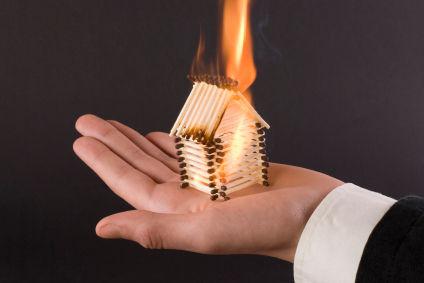
Additional security measures
Each person understands that in an extreme situation, you can get confused and put yourself in even greater danger. To prevent such things, a fire safety technique was developed. If you adhere to the recommendations, then you can significantly reduce the risk of threats to your health and life. However, in order for the necessary information to immediately surface in memory, their detailed study and periodic repetition are required. It is for these purposes that the appropriate briefings are carried out at the workplace.
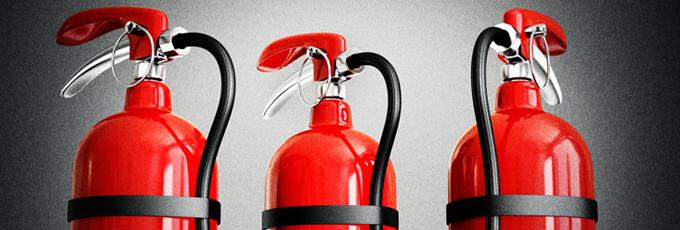
Housing problem
If a fire occurs in the area where you are working, a fire alarm will be triggered immediately and management will take all measures necessary to safely escort employees out of the building. However, fires in residential buildings, unfortunately, are not very rare. What to do if a similar situation arises? Modern houses also regulate the safest exit from the building. In general terms, the instructions given above should be followed. However, there are some nuances. If the fire source occurred in the apartment, then the procedure is as follows.
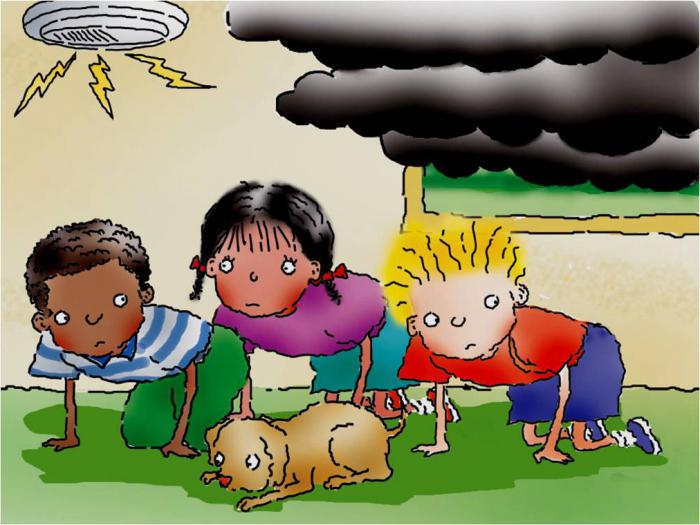
The first step is to call the fire department. After that, help the elderly and children get out of the danger zone. Try extinguishing the fire yourself. For this rule, it is recommended to use water, thick fabrics, free-flowing non-flammable substances, for example, washing powders. In addition, it should be remembered that flames can damage electrical wiring and cause electrical shock. Do not open the windows under any circumstances, as this will not so much give you a breath of fresh air as it will contribute to a significant spread of the fire. If there is strong smoke in the apartment, then you should immediately leave the room, close the door behind you. It is important to remember that it is necessary to protect the respiratory tract and eyes from harmful combustion products. Soak a thick cloth well in water, attach it to your face and move as quickly as possible towards the exit. An important nuance. If your property is insured, then in the event of a fire, you must contact the appropriate service within three days to compensate for the damage caused.
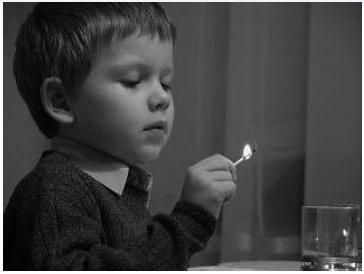
Public buildings
In the above material, cases of fire in production and in residential buildings were described. However, fires in places of mass presence of people pose a particular danger to the state. These include educational institutions, health care and others. A similar name is attributed to them for a reason, because the first may contain children, and secondly, patients, who in most cases are unable to independently find the right paths for safe evacuation.
School fire rules regulate the fastest possible movement of children out of the danger zone. At the same time, it is necessary to carry out the promotion in groups and avoid backlogs and panic. It is also recommended to take measures to protect the respiratory tract and eyes from harmful carbon monoxide and other combustion products. Thus, the rules of safety behavior in case of fire in an educational institution differ slightly from the generally accepted procedure. However, they suggest placing a much greater degree of responsibility on the shoulders of fire safety people.
To prevent emergencies in all of the above institutions, it is necessary to carry out appropriate briefings at the required frequency. In addition, several times a year, exercises are traditionally held to help reinforce the skills for safe, quick and orderly exit from a conditional hazard facility.
The evacuation procedure, as mentioned earlier, is fairly standard. However, there are some nuances. These include the role of the teacher. After all, he needs not only to escort the children to a safe place, but also to "cover" the escape routes, thereby preventing the further spread of the flame. In addition, he must take a class journal with him. This event is necessary in order to carry out the so-called roll call and find out if any of the students remained inside the building. After all, children can quite easily succumb to panic and unconsciously try to hide in one of the classrooms. Or, simply because of harm, you want to scare someone and stay in a burning and often smoky room.






